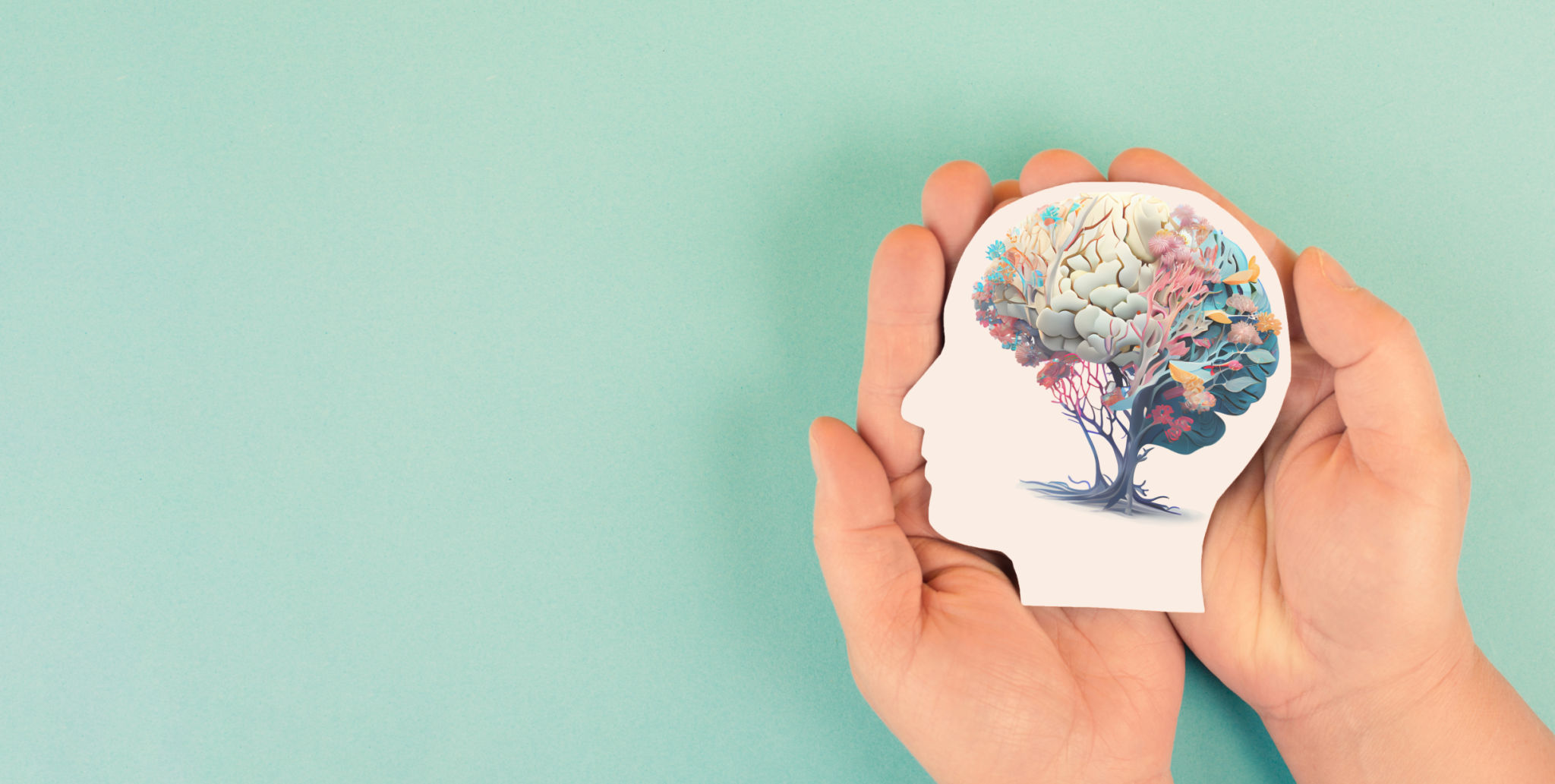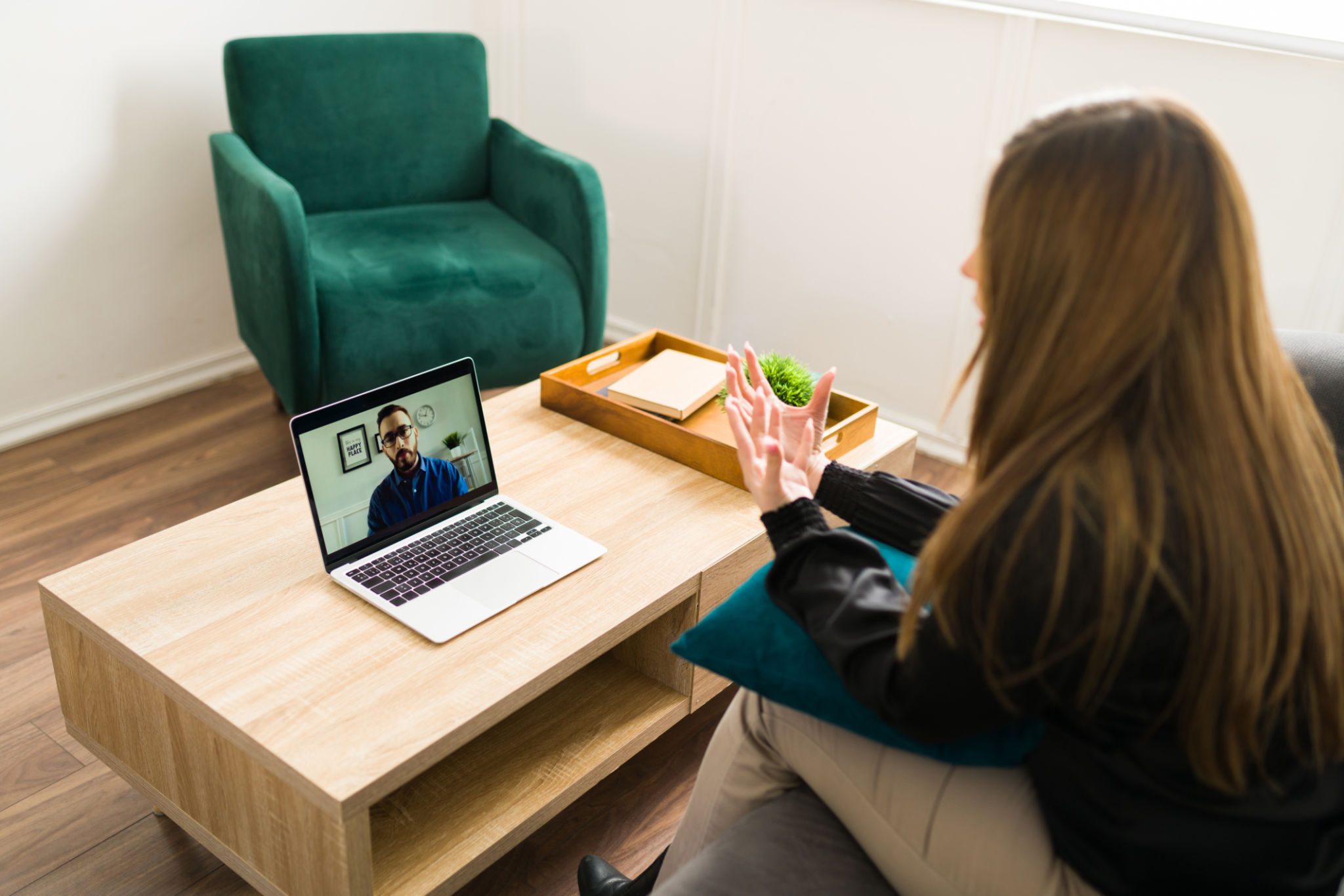How Applied Positive Psychology and VR Can Boost Your Well-being
Understanding Applied Positive Psychology
Applied Positive Psychology focuses on the scientific study of human strengths and virtues that enable individuals and communities to thrive. It emphasizes enhancing well-being by fostering positive emotions, building resilience, and cultivating a meaningful life. By concentrating on what makes life worth living, this approach can significantly improve mental health and overall life satisfaction.
One of the core principles of applied positive psychology is the belief that happiness is not merely the absence of problems, but rather the presence of positive attributes. Techniques such as gratitude exercises, mindfulness practices, and strength recognition are commonly used to boost well-being. These practices encourage individuals to focus on their strengths, leading to a more fulfilling life.

The Role of Virtual Reality in Enhancing Well-being
Virtual Reality (VR) has emerged as a powerful tool for enhancing mental health and well-being. By creating immersive environments, VR can offer therapeutic experiences that are both engaging and effective. It allows users to explore new worlds, practice meditation in serene settings, or even confront fears in a controlled environment.
One of the significant benefits of VR is its ability to provide a safe space for self-exploration and growth. Users can undergo guided meditations, visualize their goals, and engage in activities designed to promote relaxation and stress reduction. This unique blend of technology and mental health support can lead to transformative personal experiences.

Combining Positive Psychology and Virtual Reality
When combined, applied positive psychology and VR create a dynamic approach to improving well-being. VR can bring positive psychology practices to life by offering interactive experiences that reinforce positive habits and mindsets. For instance, VR applications can guide users through gratitude journaling or immersive mindfulness sessions.
These experiences can be tailored to individual needs, making them highly customizable. Whether it's building resilience through virtual challenges or enhancing self-compassion through guided exercises, the integration of these two fields provides a comprehensive pathway to better mental health.

Benefits of This Integration
The combination of applied positive psychology and VR offers several benefits:
- Enhanced Engagement: Interactive VR scenarios keep users engaged and motivated.
- Personalized Learning: Customizable experiences cater to individual preferences and goals.
- Immediate Feedback: Users receive real-time responses to their actions, facilitating faster learning and growth.
This synergy allows individuals to experience personal development in an innovative way, making well-being practices more accessible and enjoyable. The use of VR technology makes these practices available to a wider audience, breaking down barriers such as location and physical mobility.
Real-World Applications
Several organizations and therapists have started integrating VR with positive psychology techniques to create impactful wellness programs. These initiatives have shown promising results in reducing anxiety, improving mood, and increasing overall life satisfaction.
For example, VR sessions can be used in corporate wellness programs to help employees manage stress or in educational settings to teach students about emotional intelligence. The possibilities are vast, and as technology advances, the potential for widespread application continues to grow.

The Future of Well-being
The future of well-being lies in the intersection of psychology and technology. As more research is conducted, we can expect to see even more innovative solutions emerge. The combination of applied positive psychology and VR is just the beginning of a new era in mental health care.
By embracing these advancements, individuals can take proactive steps toward improving their mental well-being and leading happier, more fulfilling lives. As this field continues to evolve, it holds the promise of making positive mental health practices more integrated into our daily lives.
